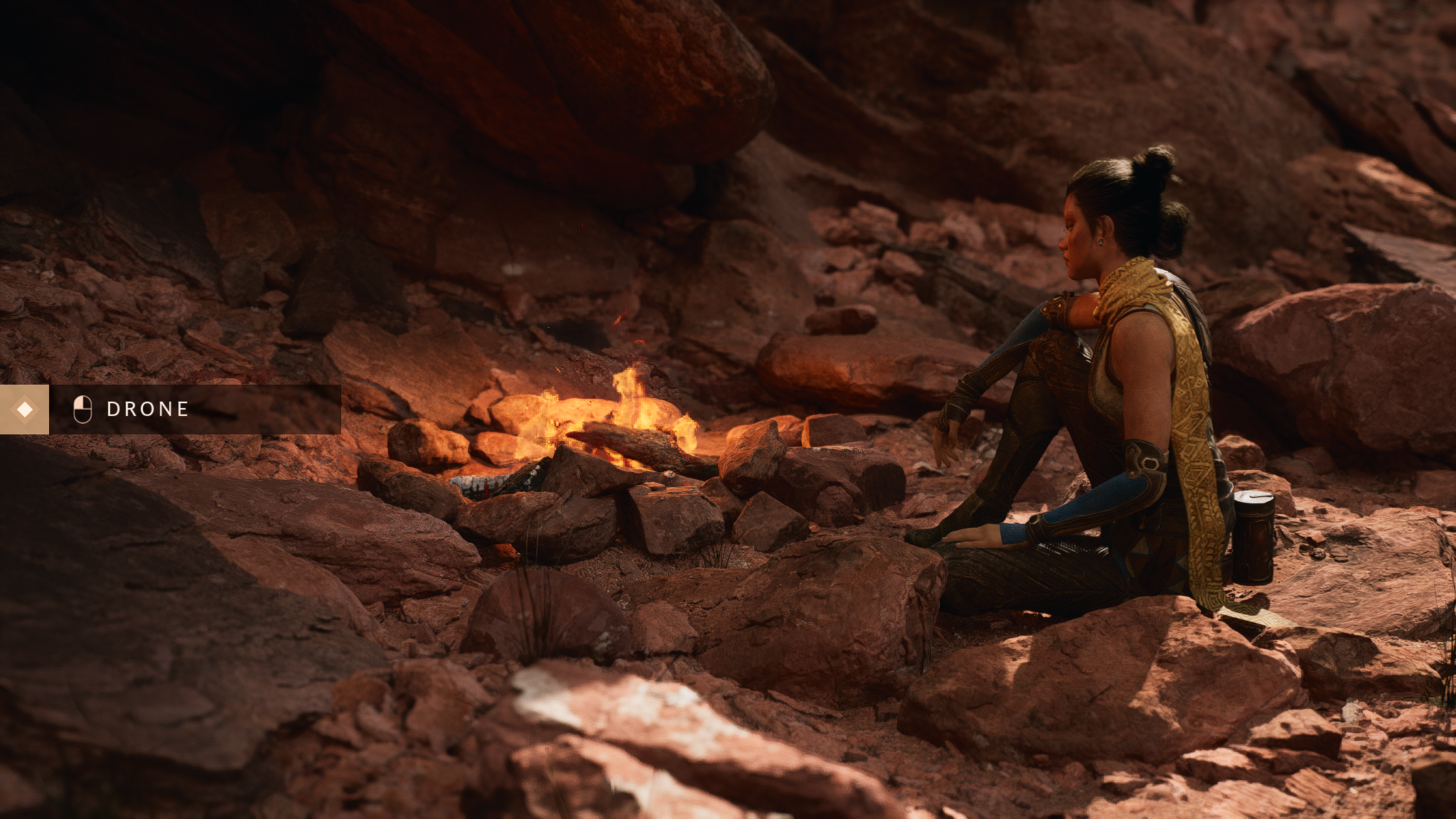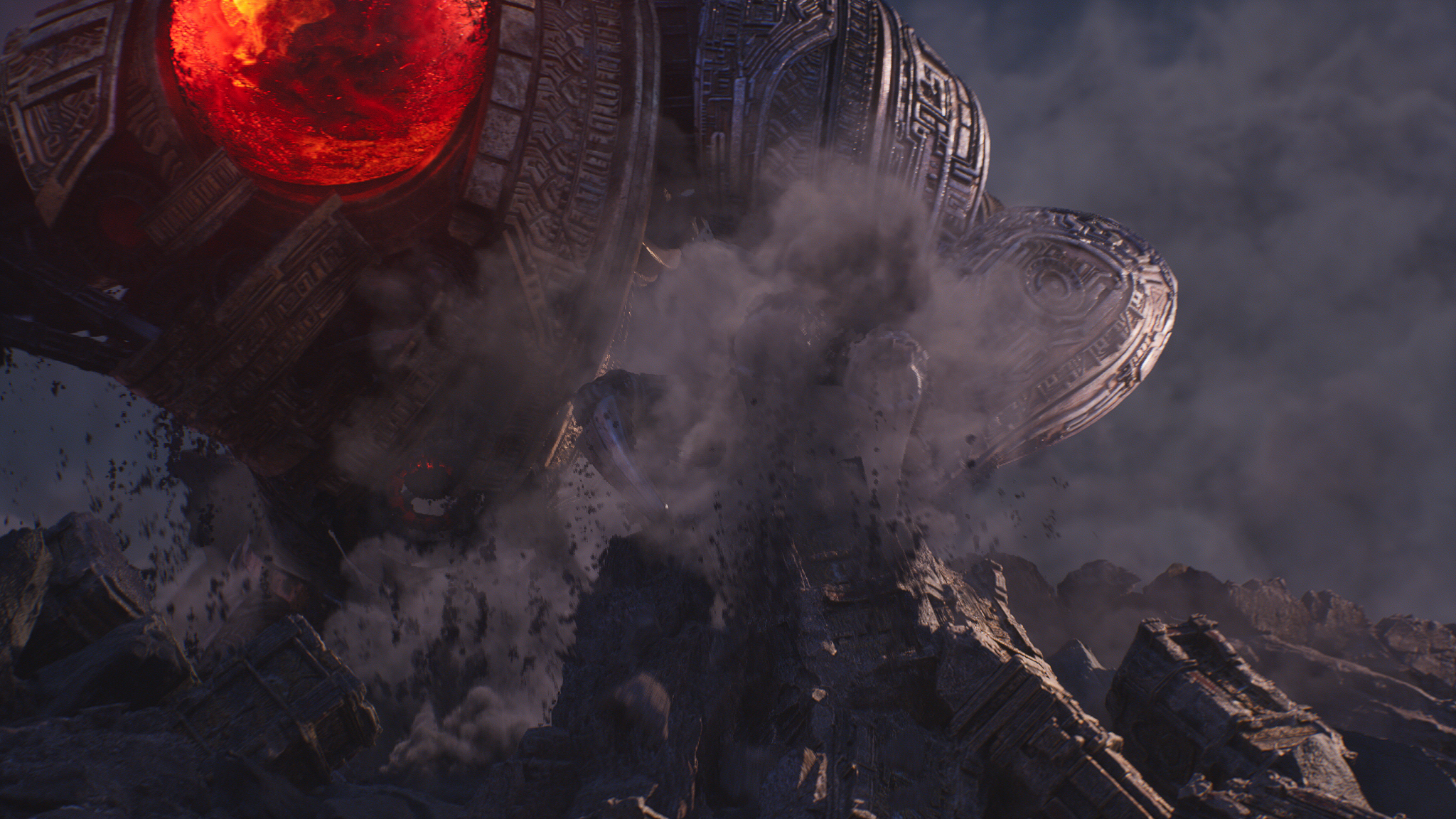In one of the videos brian karis said the assets in new demo were sized so that a machine with 64GB ram can store whole level in ram. This will bypass any DirectStorate/Streaming issues. We can't stream optimally in PC until microsoft releases windows version with directstorage and epic releases UE5 version with directstorage support. To fit in 64GB ram is likely half of the reason for asset downgrade from ue5 reveal(valley of death). Other part is storage space required.
We are looking at technology that is going to take maybe 1-2more years before it's going to ship in any game.
There is no downgrade. He never said that. The lumen in the land of nanite was unchanged and not downgraded in anyway.
Secondly the demo doesn’t require 64 RAM. It requires only 3 GB Ram and up to 7 GB VRAM (allotted) and only about 4-5 GB used according to @Dictator.
It’s the editor that needs 32GB - 64GB. What makes the editor so heavy is because you are accessing all the source assets, source textures source materials, source shaders, uncompressed etc.
This allows you to be able to manipulate things, change colors, materials, renders. This is why you need 32-64 GB memory.
When you compile/package the project, you have none of the source assets, everything you have is compressed and baked out and can't be changed. So you don't have uncompressed source assets and shaders hanging in memory just in case you need to edit it. That's why the demo is 100 GB but the compile version is ~25GB.






